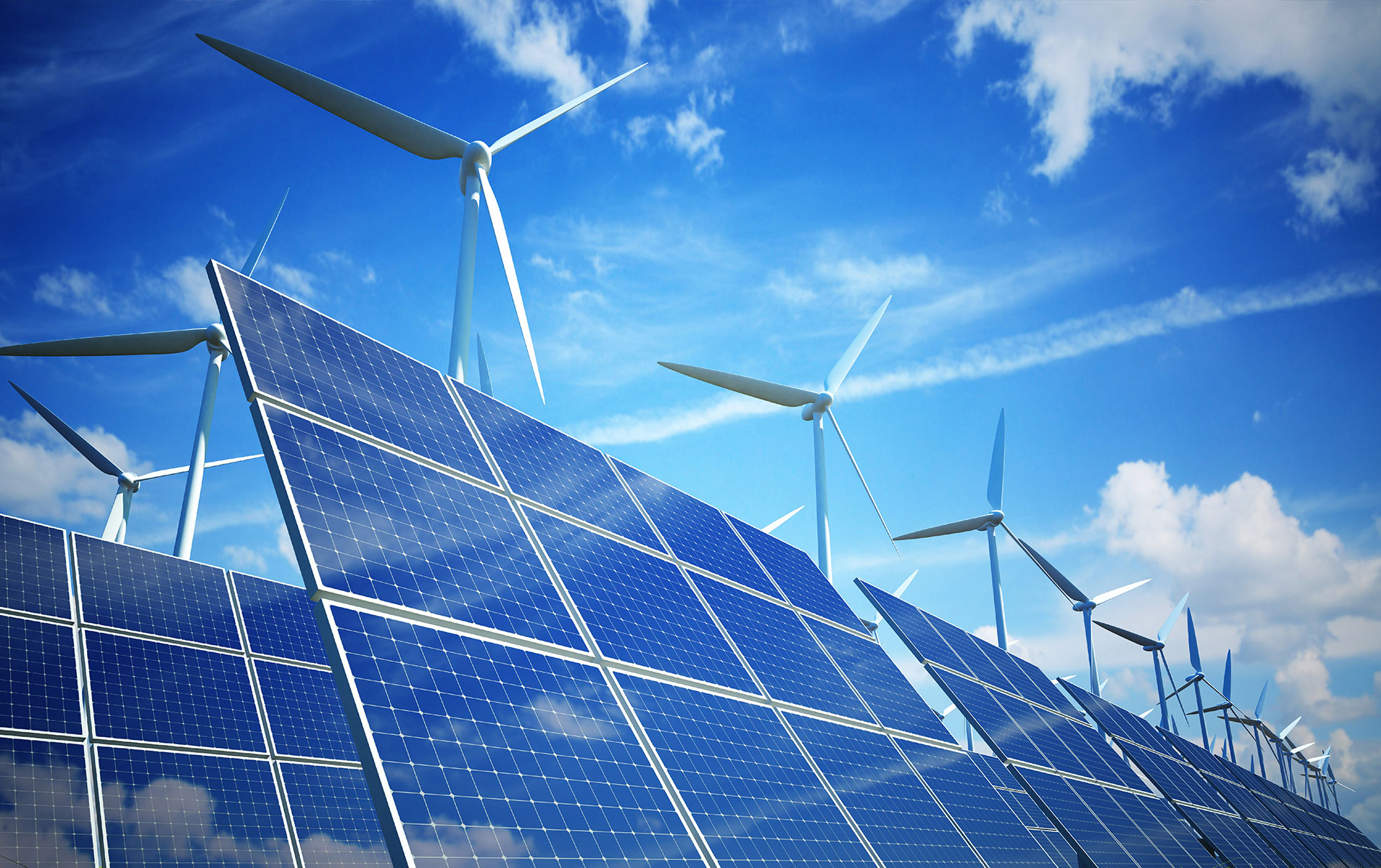The truth is that neither “Global Waming,” global warming, nor climate change means that it will never be cold again. “Climate change does not …


The truth is that neither “Global Waming,” global warming, nor climate change means that it will never be cold again. “Climate change does not …
Despite long-term warming trends, skeptics often seize on cold spells such as these to speciously claim that climate change is a farce. President …
The march ended at the headquarters of the European Union. The 28-nation bloc has been at the vanguard of global efforts to counter climate change …
In a pioneering move, a German government-appointed panel has recommended the country stop burning coal to generate electricity by 2038 at the …
Greta Thunberg, a 16-year-old girl from Sweden whose activism for climate change has sparked protests demonstrations across Europe, delivered a …
Americans are growing more convinced than ever that climate change is having an impact on our world, and the issue is becoming a more important …
SACRAMENTO — Long a leader and trendsetter in its clean-energy goals, California took a giant step on Wednesday, becoming the first state to require all new homes to have solar power.
The new requirement, to take effect in two years, brings solar power into the mainstream in a way it has never been until now. It will add thousands of dollars to the cost of home when a shortage of affordable housing is one of California’s most pressing issues.
That made the relative ease of its approval — in a unanimous vote by the five-member California Energy Commission before a standing-room crowd, with little debate — all the more remarkable.
State officials and clean-energy advocates say the extra cost to home buyers will be more than made up in lower energy bills. That prospect has won over even the construction industry, which has embraced solar capability as a selling point.
Two years ago, former NASA climate scientist James Hansen and a number of colleagues laid out a dire scenario in which gigantic pulses of fresh water from melting glaciers could upend the circulation of the oceans, leading to a world of fast-rising seas and even superstorms.
Hansen’s scenario was based on a computer simulation, not hard data from the real world, and met with skepticism from a number of other climate scientists. But now, a new oceanographic study appears to have confirmed one aspect of this picture — in its early stages, at least.
The new research, based on ocean measurements off the coast of East Antarctica, shows that melting Antarctic glaciers are indeed freshening the ocean around them. And this, in turn, is blocking a process in which cold and salty ocean water sinks below the sea surface in winter, forming “the densest water on the Earth,” in the words of study lead author Alessandro Silvano, a researcher with the University of Tasmania in Hobart.
https://www.washingtonpost.com/news/energy-environment/wp/2018/04/23/one-of-the-most-worrisome-predictions-about-climate-change-may-be-coming-true/?noredirect=on&utm_term=.350ee40a21c8
Earth Day turns 48 today, April 22, and Google is celebrating it with a Google Doodle of conservationist Dr. Jane Goodall, who nudges us in a video a “do our part for this beautiful planet.”
When Senator Gaylord Nelson (D-Wisc.) founded Earth Day in 1970, his hope was to make the environment a political issue in an era where US rivers caught on fire and thick smog choked cities.
In many ways, it worked. Since then, major environmental laws have helped clean up much of the vivid toxic detritus in the soil, air, and water in the US. But our challenges today are no less daunting. The accumulation of greenhouse gases in the atmosphere, the loss of wilderness and species, and the acidification and pollution of the oceans have all become more acute — and more destabilizing.
In keeping with the tradition started by former Vox writers Brad Plumer and Joseph Stromberg, here are seven of the most troubling, intriguing, and encouraging things we learned about the Earth since the last Earth Day.
https://www.vox.com/2018/4/21/17247994/earth-day-2018-plastic-climate-change
We watch in horror as the damages from climate change continue to mount.
Last year, Hurricane Harvey dropped more rain on Houston than any storm has ever dropped on any American city, ever. Hurricane Maria set back development in Puerto Rico 25 years, according to early estimates. And the tab keeps mounting: in 2017 alone, the economic cost of hurricanes and wildfires was greater than the cost of paying tuition for every American in a public college or university. We can’t have a working nation or a world if we don’t stop the climate from careening out of control. That’s been clear for decades now, but what’s been less clear is precisely what we should do about it.
Happily, that’s no longer the case. We now know exactly what to do, and we’re increasingly certain it can be done. We have to switch off of coal, oil, and gas, and on to 100% wind, water, and sun energy sources. And though this drive for a conversion to clean energy started in northern Europe and northern California, it’s a call that’s gaining traction outside the obvious green enclaves. More and more major US cities have taken the pledge to go 100% renewable by the year 2050, while others have taken action to sever their ties with the fossil fuel industry, signifying a global shift in how we’re thinking about our energy system.
https://www.sandersinstitute.com/blog/04/18/2018/achieving-100-renewable-energy
